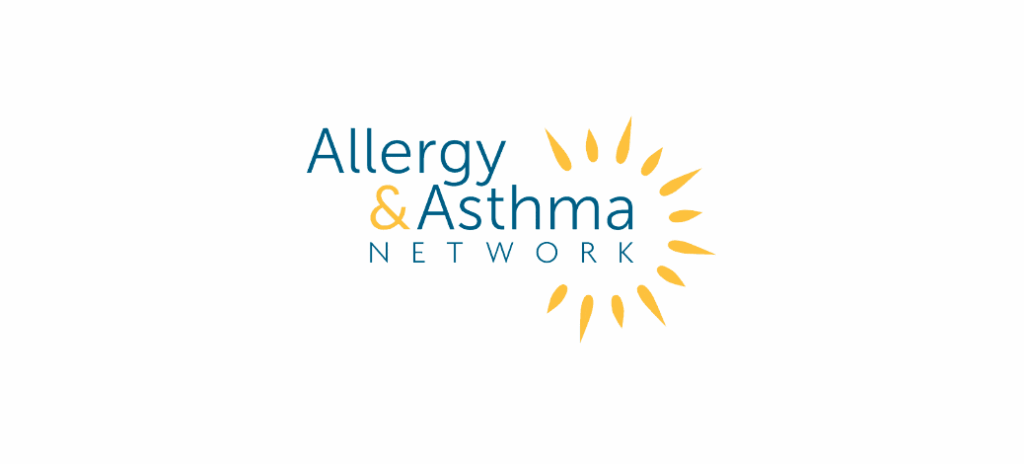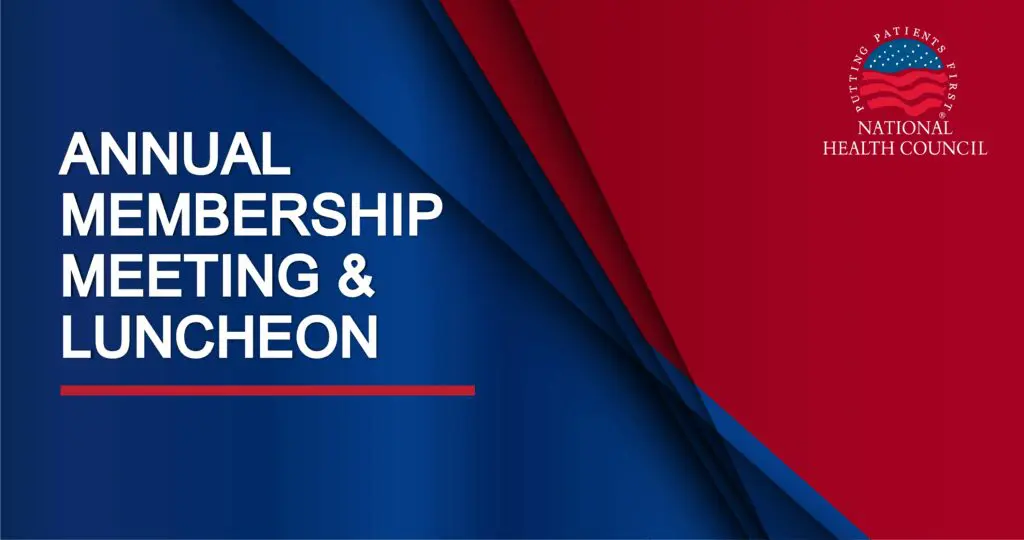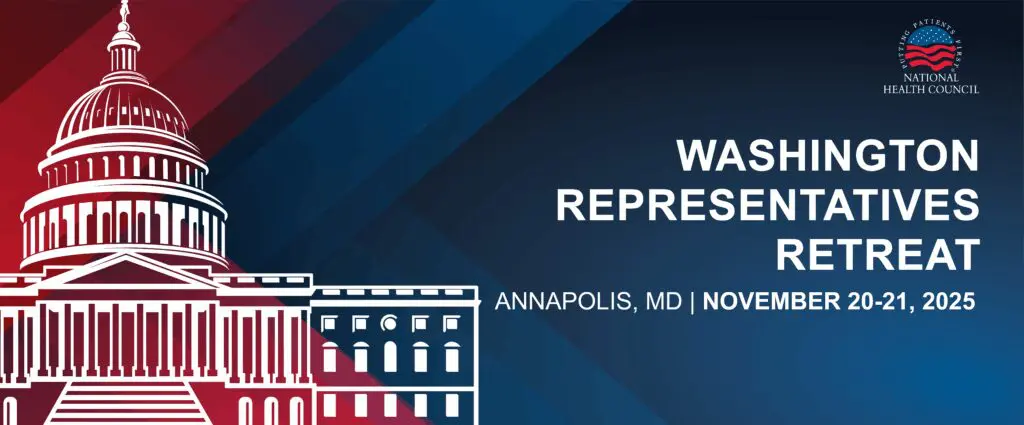

Guest Blog: Bridging Pediatric Health Care and Community Engagement to Prevent Youth Suicide
By: Corbin J. Standley, PhD, Director of Impact Communication and Continuous Improvement, American Foundation for Suicide Prevention and Kristen Kaseeska, MPH, Manager, Suicide Prevention, American Academy of Pediatrics
May is Mental Health Awareness Month, a time to increase awareness about mental health and engage in conversations about wellness and prevention. But year-round, there are many health care professionals, families, and advocates supporting mental health and suicide prevention efforts across the country. One of those rockstar professionals is Alyssa Goodwin, MD FAAP, founder of Stellar Pediatrics in Maine, who has engaged with other pediatricians and community members to learn and apply effective strategies for prioritizing suicide prevention in her practice.
“I’ve been a pediatrician for 20 years now, and I noticed that many of my adolescent patients were needing more than just checkups,” Dr. Goodwin said about her commitment to fostering mental health among her patients. “You realize that every interaction you have with a child is suicide prevention.” In fact, research shows that about 45% of young people who die by suicide saw a primary care clinician in the month before their death.
Partnering to Prevent Youth Suicide
Dr. Goodwin’s experience highlights the importance of equipping pediatricians with the resources and strategies to effectively engage and serve their patients and prevent suicide. To meet this need, the American Foundation for Suicide Prevention (AFSP) and the American Academy of Pediatrics (AAP) joined forces to advance equitable youth suicide prevention across clinical and community settings, operationalizing the evidence-based strategies outlined in the Blueprint for Youth Suicide Prevention. These Project ECHO (Extension for Community Healthcare Outcomes) programs engage pediatric health providers, community members, and advocates in virtual learning collaboratives to combine and leverage faculty and community expertise. There are two models: the Clinical ECHOs focus on pediatric health providers improving clinical pathways to identify and support youth at risk for suicide; and the Community Ambassador ECHOs focus on building partnerships between local AFSP chapters, AAP chapters, and other community organizations to advance youth suicide prevention efforts at the local and state level.
“Leveraging the impact of AAP and AFSP — it amplifies 1000%. No one is doing this work alone. It really does require multiple people and perspectives to really tackle this topic and reduce youth suicide.”
The ECHO model engages participants via didactic lecture and interactive learning—fostering engagement among participants as experts themselves. As Dr. Goodwin put it, “I think that the ECHO model really is a powerful teaching and learning tool, especially those of us who are managing so many things in our brains. It’s so much more impactful than if we were just being talked at.”
A Sense of Community
Beyond the evidence-based strategies and necessary partnerships, the learning collaboratives also foster a sense of community. As Dr. Goodwin describes it, “nobody can do this work alone. There are so many layers to this. It’s a very different experience hearing from some of our colleagues around the country. It really has been such an amazing and safe space. We’re all doing so much and everything we’re doing is meaningful and impactful, but we don’t have to recreate the wheel — we learn from each other.”
Putting Patients First
Dr. Goodwin has participated in both the Clinical and Community Ambassador ECHOs and has found the combination of clinical tools and community building to be both rewarding and necessary. “I’ve thought about it as multiple tiers of engagement. The way we’re doing our ambassador work is really at a higher level — partnering with other medical practices and other folks than just pediatricians. I can’t just be talking to the other providers. I have to be talking to the community.”
The partnerships and conversations this work has sparked have also fueled Dr. Goodwin’s passion for this work. “I feel like I’m really able to have a very meaningful impact on my patients’ lives.”
Dr. Goodwin has also fostered community partnerships to support her patients. “It has compelled me to build partnerships, but also know my resources.” During appointments, her laptop boasts stickers for the Teen Text Line and 988 Suicide & Crisis Lifeline, making resources front and center for her patients.
Seeing Results
Since attending her first Suicide Prevention ECHO, Dr. Goodwin continues to learn information in subsequent ECHO sessions and regularly applies new skills in her practice. Other ECHO participants have done the same. In an evaluation of the first Clinical ECHO, 85% of participants reported they had increased their knowledge about suicide prevention and 93% said they were committed to implementing the skills they learned in practice. In the first Community Ambassador ECHO saw similar success, with 87% of participants reporting increased knowledge and 92% committed to applying the skills they learned in practice.
Dr. Goodwin has used what she’s learned to transform her approach to suicide prevention with her patients. First, she created a system for universal suicide risk screening — a series of quick questions to help identify someone who may need further evaluation and support. Using the evidence-based PHQ-9 and ASQ tools, she developed and enacted a system for consistent and routine screening in her practice. She also has plans to implement protocols for conducting a Brief Suicide Safety Assessment (BSSA), a comprehensive evaluation that follows a positive suicide risk screen. A BSSA is used to triage suicide risk, identify risk, and protective factors, and equip providers, patients, and families with next steps for effective and supportive care that is tailored for each individual.
What Providers Can Do
When asked what she would tell other pediatric health providers, Dr. Goodwin mentioned that youth are talking about their mental health, and it’s an issue worth prioritizing. “I really believe that patients, especially adolescents, expect us to be asking these questions and talking about this like they are. Whether or not we’re asking the questions, suicidality and mental health challenges are showing up in our offices.”
It can seem overwhelming, but as Dr. Goodwin says, “It doesn’t have to be super complicated. The Blueprint really drills it down to small, bite-sized pieces that are totally implementable. The way the ECHOs have been formatted really allows us to show up for our patients.”
That’s the goal: Equipping pediatric health providers and community members with the tools and resources to show up for the kids and teens in their lives—creating safe, affirming, and supportive environments in all the spaces where youth live, learn, work, and play. The first step in prioritizing youth suicide prevention in clinical practice is to say yes. “For me, it was literally just saying ‘yes.’ I care about mental health. I care about kids, so I just said ‘yes.’”
And you don’t have to do it alone. Dr. Goodwin puts it best, “I could never do this alone, and I’m not doing it alone. As providers and as humans, we’re all on a journey. We’re lifelong learners and sometimes putting ourselves out of our comfort zone really allows us to grow in the most meaningful ways.”
Learn more about the Blueprint for Youth Suicide Prevention at aap.org/suicideprevention. To learn more about Project ECHO and upcoming opportunities to participate, contact education@afsp.org.
The American Foundation for Suicide Prevention (AFSP) is a member of the National Health Council (NHC). For more information on NHC membership, please email membership@nhcouncil.org.


